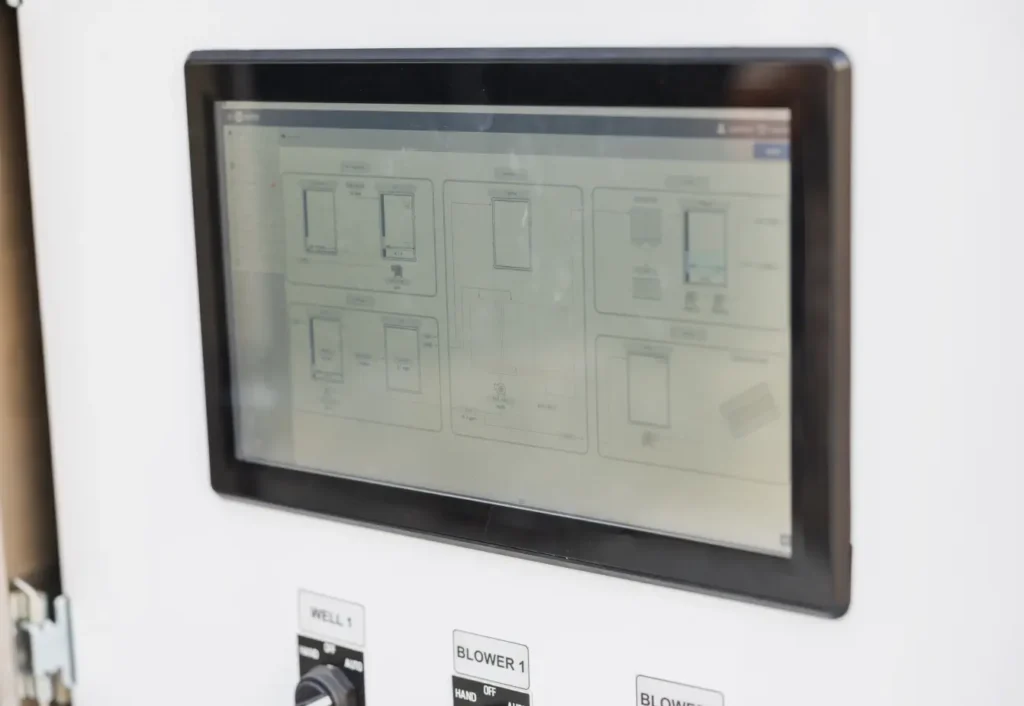Effluent discharge is the release of treated or untreated wastewater into natural water bodies from municipal, industrial, or commerical sources. This must be carefully regulated to prevent pollution in bodies of water.
Effluent is the outflow of wastewater from various sources, each with unique characteristics that influence how it must be treated. Common types include:
Municipal wastewater: Comes from residential neighborhoods and cities. It typically includes water from sinks, showers, toilets, and laundry. Learn more about how we support Municipal Wastewater.
Industrial effluent: Discharged from manufacuturing facilities, food processors, chemical plants, and similar operations. It often contains higher concentrations of organics, chemicals, or heavy metals. Explore our Food and Beverage, Winery, and General Industry solutions.
Trade effluent: Generated by commercial activities such as car washes, laundromats, or medical labs. This effluent often has a distinct pollutant profile baed on the specific trade or service.
Understanding the source and nature of effluent is essential for designing effective treatment systems and maintaining regulatory compliance.
Improperly treated effluent can have serious environmental consequences, including:
Proper treatment and discharge management are critical to protecting environmental and public health.
Effluent discharge is regulated through a combination of federal and state frameworks designs to protect water quality, public health, and the environment. Key systems include:
Understanding and complying with these regulations is essential for any facility discharging treated wastewater to ensure environmental protection and avoid penalties.
Effluent discharge permites outline the conditions under which treated wastewater can be safely released into the environment. These permits typically include:
Allowable pollutants and limits: Permits specify the types of concentrations of pollutants that can be discharged, based on federal and state water quality standards.
Monitoring and reporting: Facilities are required to routinely test effluent quality and submit reports to regulatory agencies to demonstrate compliance.
Site-specific discharge terms: Permit conditions vary depending on the receiving water body, such as a stream, ocean, or groundwater basin, and are tailored to protect local ecosystems and human health.
Obtaining and complying with a discharge permit is critical to responsible water management and environmental stewardship.
To meet regulatory standards for effluent discharge and water reuse, systems use a range of treatment technologies:
Aerobic Digesters

Facilities with effluent discharge permits must follow strict monitoring and reporting protocols to maintain compliance. This includes submitting Monthly Discharge Monitoring Reports (DMRs) that track pollutant levels, flow rates, and other key metrics. Many permits also require annual summaries that assess overall system performance and compliance status. These reports are made publicly available through the EPA’s Enforcement and Compliance History Online (ECHO) database, promoting transparency and accountability.
Start with a no-obligation consultation. Whether you’re upgrading, expanding, or refining, we’ll guide you in making informed decisions to power your operation’s success.